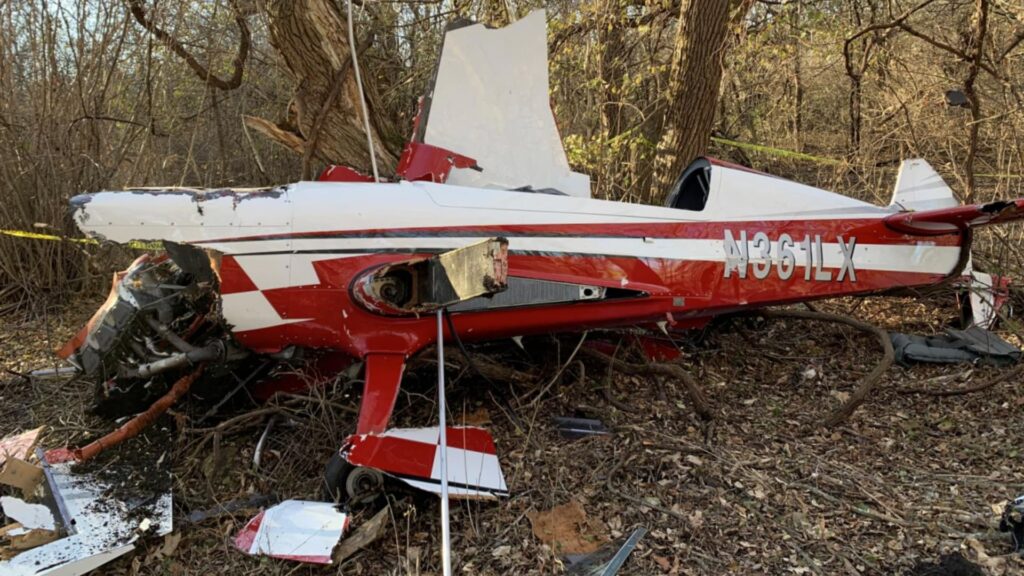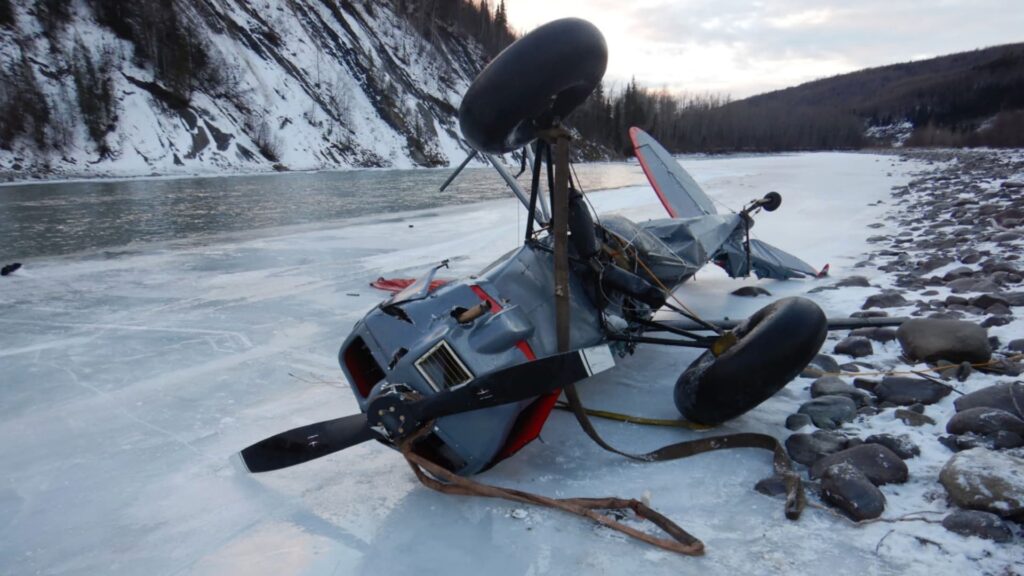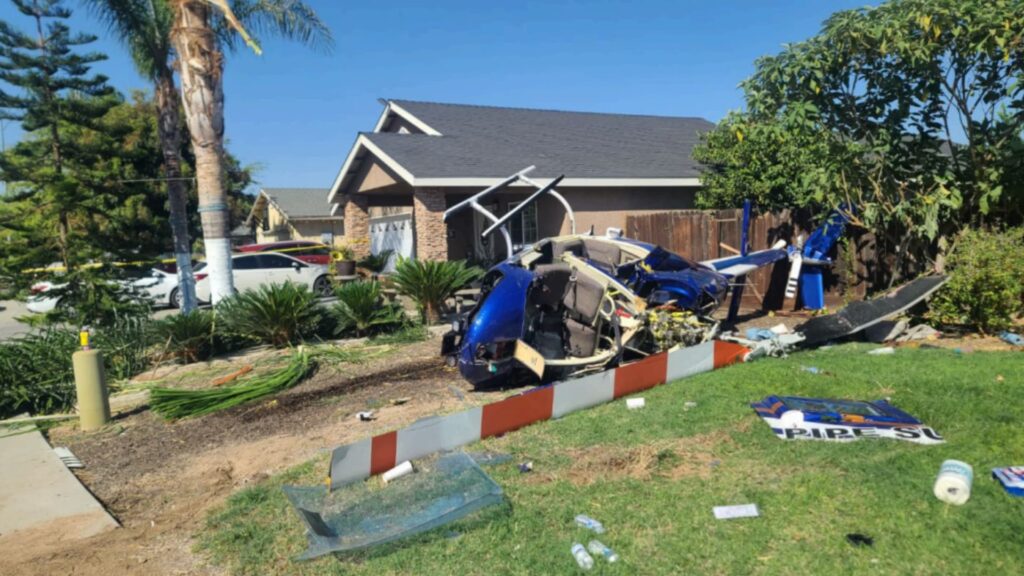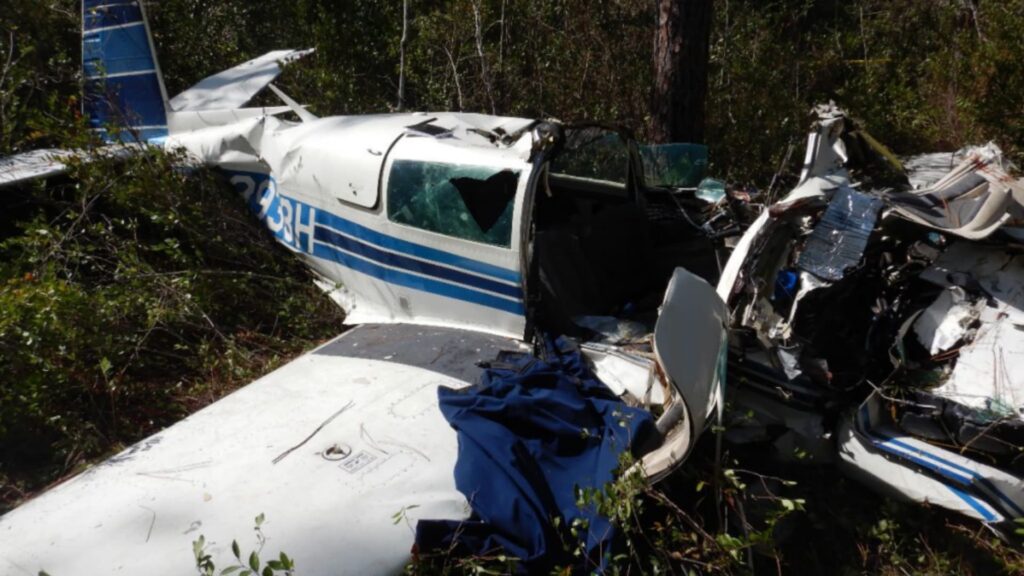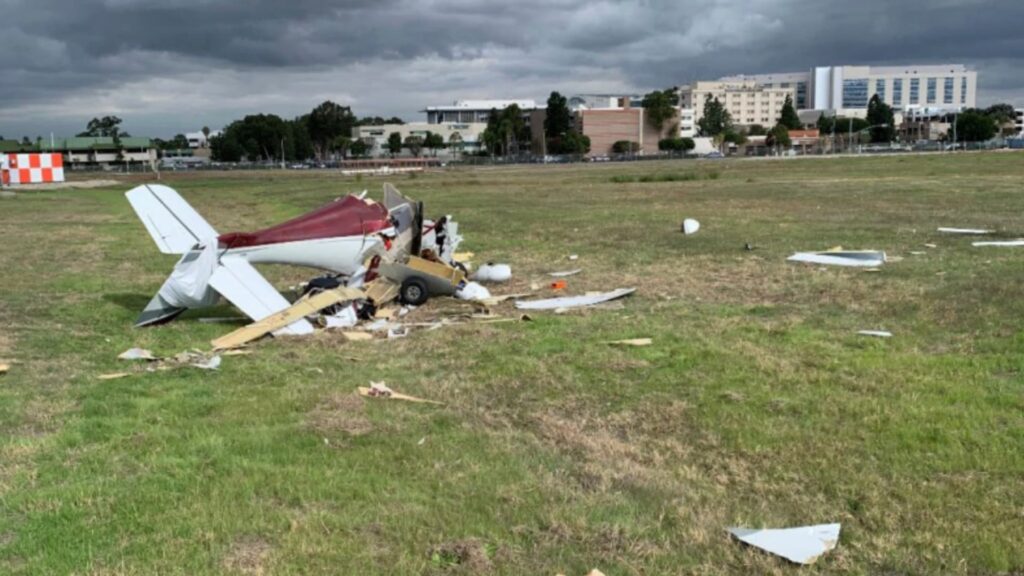Setting the Scene
This one started like a routine aerial survey and ended in a backyard in Madeira, Ohio. The airplane was a Piper PA-31-350, twin-engine piston, operating under Part 91 for commercial aerial observation work. Weather had been friendly—clear skies, light northerly wind—so this wasn’t a scud-running setup or a surprise convective hit. The pilot had been flying survey tracks around Cincinnati and Dayton for hours before calling ATC with a fuel problem and a request to return to Lunken (LUK). From there, the situation evolved in minutes: a decision to bypass a closer airport, a slowing ground speed, and finally a loss of control low over a golf course that ended with impact, fire, and a fatality.
Who Was at the Controls
The pilot held a commercial certificate for single- and multi-engine land with instrument, plus flight instructor ratings for airplane single-engine and instrument. He also held a ground instructor certificate and a current first-class medical. His logbook showed 6,392 total hours with 1,364 hours in the PA-31 make and model—though that PA-31 time had largely been accrued before 2010. In the years between, his flying had been turbine and single-engine; recent piston multiengine time was thin. Company records showed he’d flown this airplane 2.5 hours the day prior. That’s a lot of total experience, but it also placed him back in a complex piston twin after a long stretch focused elsewhere.
A Fuel System With Moving Parts (Literally)
The Chieftain’s standard setup included inboard mains and outboard auxiliary tanks on each wing. On top of that, this airplane had nacelle tanks—one in each nacelle aft of the engines—installed via STC in 2017. Key detail: nacelle fuel wasn’t usable directly by the engines. It had to be transferred electrically into the left and right mains; there wasn’t a cockpit gauge showing quantity in those nacelle tanks, and the transfer pumps didn’t have direct operational feedback beyond watching the main tank gauges rise. The supplement’s caution was straightforward: don’t transfer from the nacelles until the mains were about half or less, and expect roughly 55 minutes to move all that fuel over. In practice, pilots at the company used different methods to confirm transfer—some ran mains down first, others alternated tanks to verify the mains were creeping up. No standardized company procedure existed for the nacelle-equipped PA-31-350s.
A Known Leak, An Uncertain Fix
About a week before the accident, another company pilot photographed fuel on the hangar floor under the left wing, and the accident pilot told a family member about a fuel leak on that airplane. The plan had been to swap the airplane out for maintenance, but the swap didn’t happen. Maintenance entries in the two weeks before the accident didn’t show the leak being addressed. After the crash, impact and fire damage made it impossible to determine the leak’s source or whether it directly contributed to fuel starvation. Still, it set the stage: a system that depended on pumps to make some of the fuel usable, combined with a known issue on the left side that hadn’t been resolved before putting the aircraft back to work.
The Last Minutes: Close Options, Hard Choices
At 1503 local, the pilot called ATC: fuel problem, request direct to Lunken. The controller immediately pointed out Dayton-Wright Brothers (MGY), just 8 miles ahead—a short, straight-in option—and asked if he wanted to declare an emergency. The pilot declined, said he had MGY in sight, and continued toward Lunken, roughly 30 miles away. Ten minutes later, now about 8 miles north of Lunken, he told the tower he wasn’t sure he’d make the field. Radar showed the airplane descending, tracking toward a golf fairway, and bleeding off ground speed from 140 knots down to the low 80s. Witnesses nearby heard sputtering and backfires, then saw the airplane bank left before it “nose-dived” into a neighborhood, striking a tree and coming to rest in a backyard—where a small flame at the left nacelle grew into a post-impact fire.
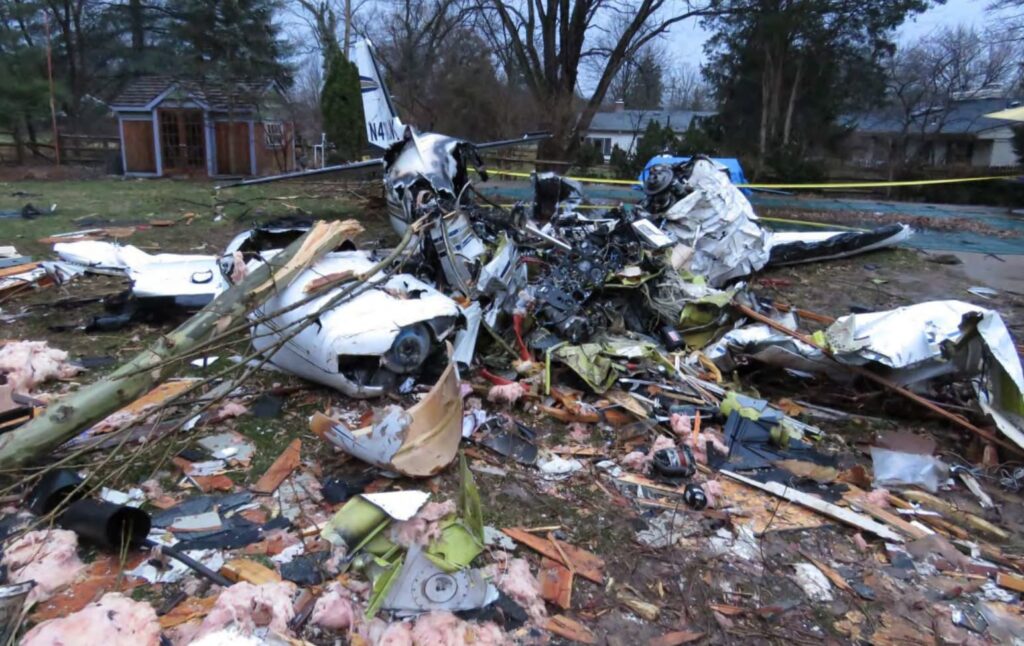
What the Wreckage Said
Investigators didn’t find pre-impact mechanical failures in either engine. The fuel system components were heavily damaged, but the picture was consistent: little to no fuel remained in the system components that would have fed the engines, with the big exception of the left nacelle tank area—which showed signs of holding fuel and was the origin of the fire. That tracks with how the nacelle tanks worked; any fuel sitting there would have required a functioning transfer pump and time to move into the main. The left nacelle transfer pump was destroyed by fire—its internal components were melted—so a bench test was impossible. Company records and pilot interviews added color: at least three nacelle transfer pumps on similar company PA-31-350s had failed in the months around the accident. In short, the left engine likely ran out of usable fuel first.
Single-Engine Reality and VMCA Discipline
Once the left engine quit, the airplane transitioned to a single-engine problem—one that gets ugly fast if handled outside the book. The left propeller was found unfeathered. A windmilling prop on a piston twin is a drag machine, and the FAA had been warning about the hazard for years: a windmilling prop can push total drag above the power available, turning level flight into a losing proposition. In that situation, airspeed is life. The PA-31-350’s published minimum control speed (VMCA) was 76 knots indicated, and the recommended single-engine climb speed was higher. As the airplane slowed through the low 80s groundspeed near the fairway alignment, any further bleed into the 70s with asymmetric thrust and a windmilling left prop would have set the stage for a loss of directional control. The left roll witnesses saw matched that script.
Human Factors: Fatigue, Medication, and Judgment
Toxicology found doxylamine (a sedating antihistamine) in the pilot’s system at levels within the lower therapeutic range. ATC audio didn’t suggest impairment; he sounded alert and made reasonable radio calls. Investigators concluded the medication was not likely a factor. What did matter was operational judgment: declining MGY when it was right ahead, continuing another 20-plus miles with a fuel anomaly, and then getting slow with one engine out and the prop not feathered. These weren’t reckless choices; they were familiar traps—optimism bias when home base is in reach, and the rapid workload spike when a twin goes single that compresses time and airspeed alike.
What We’d Brief as Takeaways
First, nacelle fuel is not the same as usable fuel. If your airplane depends on electric transfer to make some of the fuel reach the engines, you’ve got an additional system that can fail. Without a direct quantity indicator for the nacelles, your only confirmation is what the mains do—and that means you need a standardized, disciplined method to verify transfer. The operators in this case had multiple techniques floating around the pilot group, but no single, published SOP. That variability created space for assumption. If the pump wasn’t on, or it failed, fuel in the nacelle was along for the ride—untouchable by either engine.
Second, treat known leaks with urgency. A photographed left-wing leak a week prior should have been a grounding item until resolved and documented. It might not have caused the left engine’s fuel starvation, but it degraded confidence in the system and complicated the picture on a day when clarity mattered. If you’re handed an airplane with a recent squawk like that, be explicit about the fix before you go burn holes in the sky for hours at low power settings.
Third, when fuel gets weird, shorten the leash. The controller offered MGY at 8 miles. That was the right play—long runway, straight ahead, time to sort the problem on the deck. Once the left engine rolled back, flying a piston twin becomes an airspeed and configuration drill. Identify, verify, feather, secure—early. Guard VMCA religiously. A windmilling prop is not a neutral player; it’s a brake shaped like a propeller. If you’re aligned with a golf fairway and you’re already in the low 80s, you’re out of margin. Keep the nose down to protect airspeed and accept the landing where it’s available.
The Bottom Line
Investigators called it: fuel starvation on the left, subsequent loss of power, and a loss of control when minimum controllable airspeed wasn’t maintained. The wreckage and witness reports supported that sequence, and the airplane’s configuration—the unfeathered left prop—fit the loss of control that followed. The system design and maintenance context amplified the risk: a transfer-dependent fuel reserve, no direct nacelle quantity indication, a recent leak, and a history of transfer pump issues within the fleet. None of those factors alone had to be fatal; together, with a decision to pass the closest runway and a decaying airspeed, they closed the gap. This was a high-time professional pilot who had flown a lot of airplanes and taught a lot of students. Even with that background, the twin-engine discipline game—especially with fuel and prop configuration—remained unforgiving.





